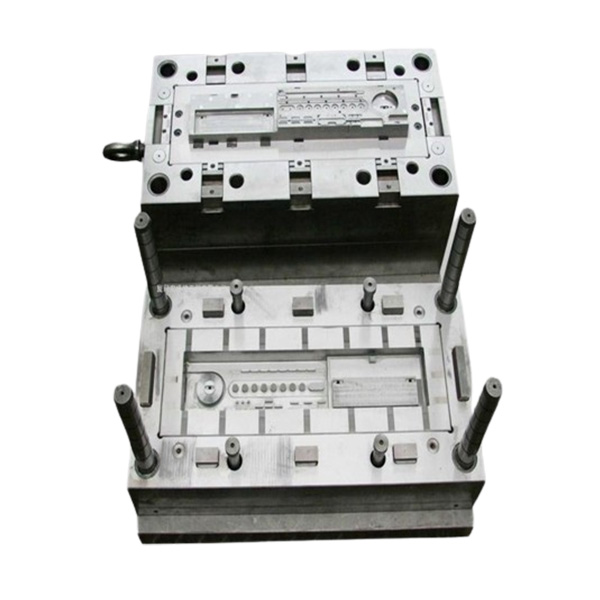
Plastic mold fabrication underpins nearly every consumer, medical, automotive, and aerospace product made from molded plastics. By transforming 3D CAD concepts into hardened steel or aluminum cavities, mold makers create the tools that yield thousands—even millions—of identical parts. The quality, precision, and durability of these molds directly influence part accuracy, cycle time, and overall production cost.
Key Stages in Mold Making Construction
2.1. Design & Engineering
• 3D CAD Modeling (SolidWorks, UG/NX): Define cores, cavities, runners, gates, and cooling channels.
• DFM Reviews: Optimize draft angles (2–5°), uniform wall thickness, and ejection mechanisms to prevent part defects.
• Mold Flow Analysis: Simulate plastic fill, weld lines, and shrinkage to fine-tune gate locations and minimize warpage.
2.2. Material Selection
• Tool Steels (P20, H13): Choose P20 (HRC 28–32) for prototyping and light-duty molds; H13 (HRC 48–52) for high-temperature automotive parts.
• Aluminum (6061-T6): Speed up prototype tooling with rapid-turnaround, lower-cost molds.
• Surface Treatments: Employ electroless nickel plating for corrosion resistance and TiN coatings to reduce friction in high-volume molds.
2.3. Precision Machining
• CNC Milling (3- to 5-axis): Achieve tolerances of ±0.01 mm on critical features.
• EDM (Wire & Sinker): Sculpt undercuts, thin walls, and micro-features in pre-hardened tool steel.
• Grinding & Polishing: Produce Ra <0.8 μm finishes for optical or medical components.
2.4. Assembly & Quality Assurance
• Component Fitting: Hand-fit cores, cavities, and slides to ensure zero clearance and prevent flash.
• Pressure Testing: Validate ejection cylinders and cooling circuits at up to 200 bar.
• CMM Inspection: Verify all dimensions to within ±0.005 mm against the CAD model.
2.5. Trial Runs & Optimization
• First Article Inspection (FAI): Measure sample parts for dimensional accuracy, surface quality, and functional fit.
• Process Tuning: Adjust melt temperature, injection pressure, and cooling time to eliminate defects such as sink marks or short shots.
• Durability Testing: Conduct accelerated life runs (50,000+ cycles) to confirm mold longevity and consistent part quality.
Industry Applications
• Automotive: Multi-cavity molds for door panels, replicate fine textures via electrochemical machining (ECM).
• Medical Devices: Cleanroom-certified steel molds for syringes and diagnostic components, polished to Ra <0.1 μm.
• Consumer Electronics: Micro-injection molds for connectors and thin-wall housings, achieving wall sections down to 0.1 mm in LCP.
• Aerospace & Composites: Aluminum prototype molds for composite layup tools, combining precision with lightweight structures.
Innovations Shaping the Future
• Additive-Manufactured Inserts: SLM 3D-printed conformal cooling channels reduce cycle time by up to 40%.
• Digital Twin & AI Monitoring: Real-time IoT sensors track wear, predict maintenance intervals, and optimize process parameters.
• Sustainable Practices: Use of water-based coolants and recycled tool steels lowers environmental footprint.
• Hybrid Manufacturing: Combining subtractive CNC and additive build-up techniques for complex geometries and rapid mold repairs.
Conclusion: Precision Molds Power Tomorrow’s Products
Plastic mold fabrication is more than a manufacturing step—it is the convergence of engineering design, materials science, and advanced machining. By mastering mold making construction and delivering precise moulds, toolmakers enable manufacturers to produce high-quality, high-volume plastic parts efficiently. As technologies evolve, the craft of mold fabrication will continue driving innovation across industries, forging the parts that shape our modern world.

